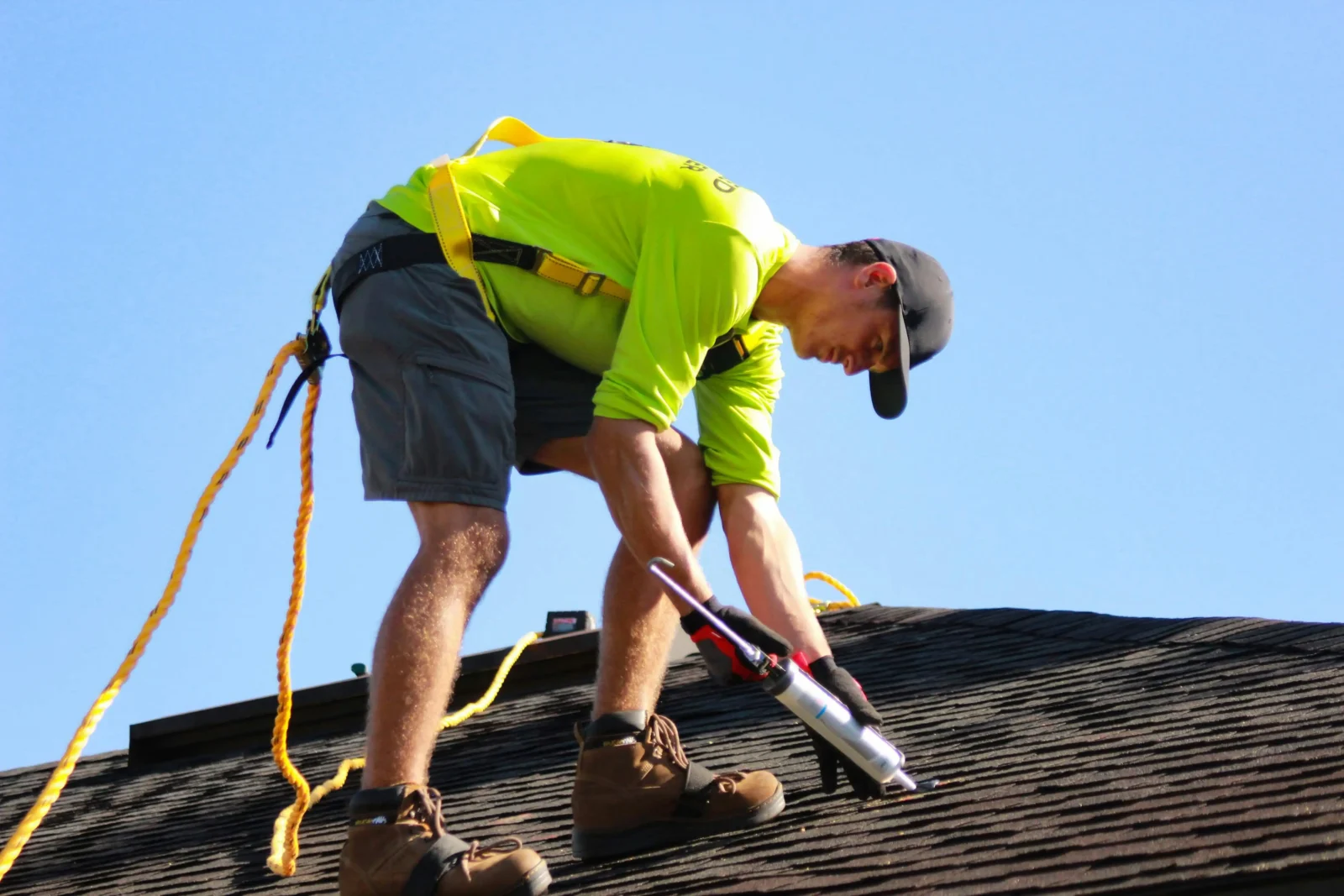- Home
- Articles
- Architectural Portfolio
- Architectral Presentation
- Inspirational Stories
- Architecture News
- Visualization
- BIM Industry
- Facade Design
- Parametric Design
- Career
- Landscape Architecture
- Construction
- Artificial Intelligence
- Sketching
- Design Softwares
- Diagrams
- Writing
- Architectural Tips
- Sustainability
- Courses
- Concept
- Technology
- History & Heritage
- Future of Architecture
- Guides & How-To
- Projects
- Interior Design
- Competitions
- Jobs
- Store
- Tools
- More
- Home
- Articles
- Architectural Portfolio
- Architectral Presentation
- Inspirational Stories
- Architecture News
- Visualization
- BIM Industry
- Facade Design
- Parametric Design
- Career
- Landscape Architecture
- Construction
- Artificial Intelligence
- Sketching
- Design Softwares
- Diagrams
- Writing
- Architectural Tips
- Sustainability
- Courses
- Concept
- Technology
- History & Heritage
- Future of Architecture
- Guides & How-To
- Projects
- Interior Design
- Competitions
- Jobs
- Store
- Tools
- More
Understanding Common Mistakes in Roof Projects and How to Prevent Them

Building or repairing a roof is more than just a necessity; it’s a commitment to your home’s security and longevity. Unfortunately, roof projects can often lead to a variety of mishaps, primarily due to oversight during planning, execution, or post-completion.
Understanding the common pitfalls in roof projects can empower homeowners and contractors alike to make informed decisions, preventing both immediate issues and long-term concerns. Let’s explore some prevalent mistakes and discuss effective strategies to avoid them.

Table of Contents
ToggleInadequate Planning and Assessments
One of the foremost errors in roof projects is insufficient planning and assessment. Homeowners frequently overlook the importance of a thorough evaluation before initiating any work. This oversight can lead to complications ranging from incorrect material selection to improper installation techniques. Taking the time to assess the existing roof structure and its needs is essential. Working with professionals can help accurately determine what is needed for your specific roof type.
Having a clear plan addresses potential weak spots, which can be critical in avoiding larger issues down the line. If you engage the right expertise, whether you work with a Dickson roofing contractor, a Gap roofing specialist, or the local handyman, they can provide insights on the materials that will best suit your roof’s conditions. Integrating a checklist during the planning phase can further streamline the process.
An effective checklist might include evaluating roof pitch, drainage systems, and weather conditions that can affect installation. Attention to such details ensures you are not only prepared but also fully aware of potential challenges.
Neglecting Inspections
Another common mistake stems from neglecting necessary inspections. This issue often arises after a roof has been installed but requires periodic evaluations to catch minor problems before they escalate. Regular inspections can identify wear and tear caused by weather elements, allowing for timely repairs.
Engaging a professional roofing inspector provides an added layer of assurance. They can spot potential weaknesses and suggest corrections before they lead to significant concerns. Skipping this step may save time initially, but it can result in extensive, costly repairs later. Quality workmanship relies on ongoing assessment, which is why many experts recommend routine inspections.
Current data shows that roofs should be inspected at least once a year, alongside after significant weather events like storms. Investing in this process safeguards your home by informing you of any necessary repairs that could prevent costly damage in the future.
Choosing Incorrect Materials
The selection of roofing materials is a critical component of any roofing project, and making the wrong choice can adversely affect the roof’s performance. Many homeowners opt for materials based on appearance or initial cost rather than considering their suitability for weather conditions and durability. In areas prone to heavy rainfall or snowfall, choosing inadequate materials can lead to leaks or structural damage.
Research and consult with experts to determine the best materials tailored to your local environment. High-quality options may come with a higher upfront cost but can save you money over time by reducing repair and replacement needs.
Understanding the various types of roofing options available and their respective lifespans can aid in making informed choices. Whether it is asphalt shingles, metal roofing, or tiles, each has unique benefits and drawbacks that deserve thorough consideration before deciding.
Improper Installation Techniques
Installation errors can severely compromise the effectiveness of a roofing system. From poor alignment of shingles to inadequate sealing of roofing materials, mistakes during installation can create gaps that allow moisture to seep through.
Improper installation is often a product of inexperience or a lack of alternative methods for roof edging and underlayment. To ensure correct installation, follow the manufacturer’s guidelines closely and utilize trained professionals with experience in the specific materials you have chosen. Investing in skilled labor may appear more costly at the outset, but it results in a higher quality, longer-lasting roof that can withstand the elements.
Before commencing with installation, consider conducting a workshop or training session for the workers involved. Making sure that everyone understands the necessary procedures can lead to a more coherent installation process.
Ignoring Local Building Codes
Every region has specific building codes and regulations that must be adhered to during roofing projects. Failing to comply with these standards can result in penalties, increased costs, or even forced removal of a newly installed roof. Understanding local regulations is crucial and is best achieved through consultation with local authorities or experienced contractors. It’s wise to also check if your roofing contractor is familiar with these codes and incorporates them into the project plan.
Staying compliant will pave the way for smooth inspections and approvals, avoiding unnecessary delays. Communicating with local building departments can provide access to additional resources regarding requirements specific to your area. This proactive approach will ensure that all aspects of the roofing project align with local standards.

Underestimating Maintenance Needs
A roof requires regular maintenance to remain in optimal condition. Overlooking this routine upkeep can lead to preventable problems. Homeowners should routinely clean gutters, remove debris, and check for signs of wear.
A neglected roof can accelerate deterioration and lead to costly repairs. Establishing a seasonal maintenance routine can significantly alleviate the burden of unexpected repairs. This might include checking flashings, drains, and valleys where moisture can accumulate. Keeping a maintenance log and adhering to a schedule will simplify the process. Educating homeowners about the signs that indicate potential issues can also promote self-management.
Being aware of blistering, curling, or missing shingles, along with water stains on ceilings, can lead to the early detection of problems. Addressing common roofing mistakes can significantly enhance the effectiveness and longevity of roof projects.
By emphasizing thorough planning, regular inspections, careful material selection, and compliance with local codes, you equip yourself with the knowledge necessary to navigate roof projects successfully. Taking these preventive measures helps ensure a durable protective cover for your home, ultimately enhancing its value and safety.
illustrarch is your daily dose of architecture. Leading community designed for all lovers of illustration and #drawing.
Submit your architectural projects
Follow these steps for submission your project. Submission FormLatest Posts
Sunny Days, Secure Roof: Simple Steps to Shield Your Home
Your home is more than just a place to live—it’s a sanctuary....
Simple and Stylish Roof Ideas for Homeowners
When designing your home, don’t overlook the roof. It’s essential for both...
Key Qualities to Look For in a Residential Roofing Contractor
Choosing a residential roofing contractor involves careful consideration. The roof is a...
Top Signs It’s Time to Replace Your Gutters, Not Just Repair Them
What plays a crucial role in protecting your roof down to the...












Leave a comment